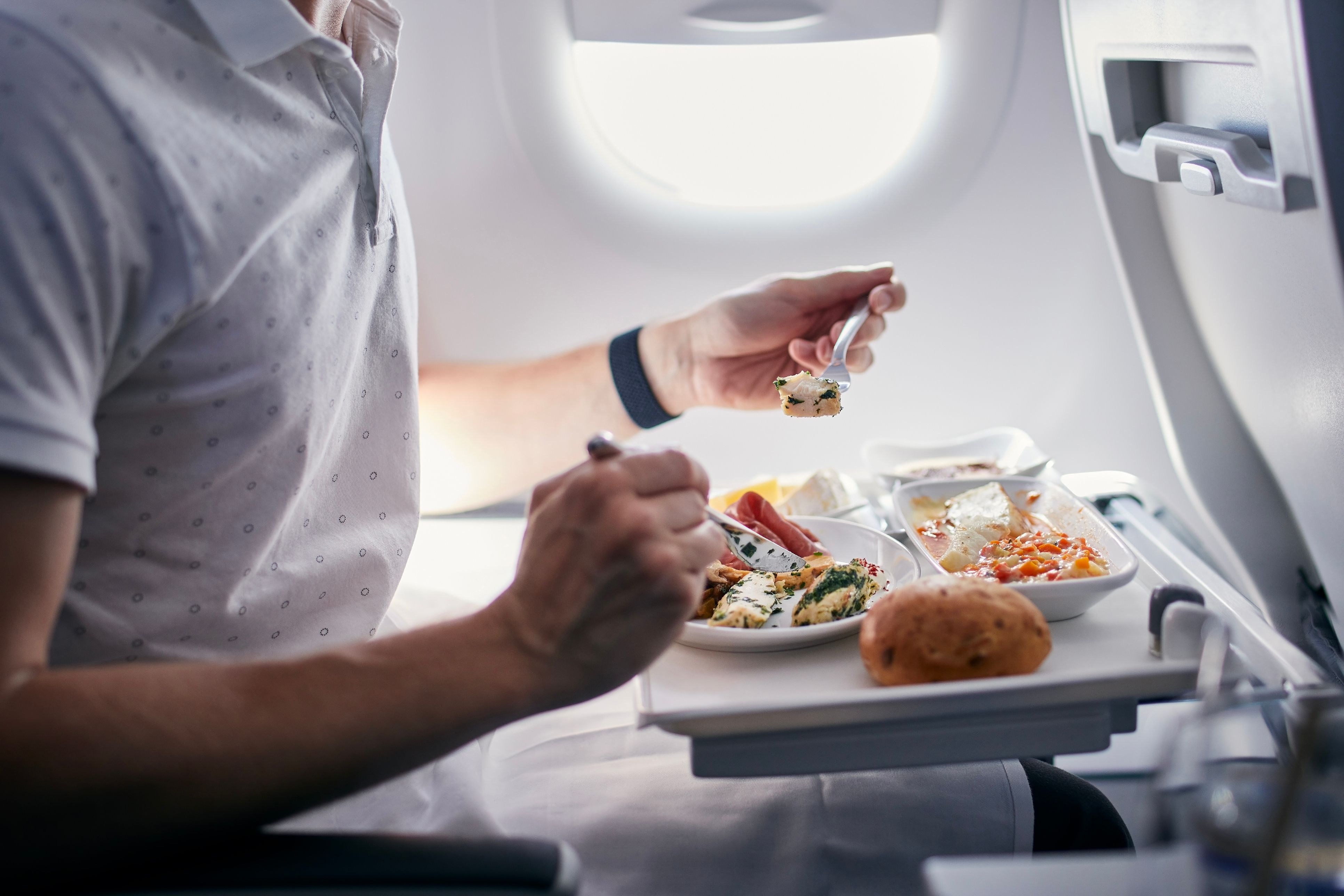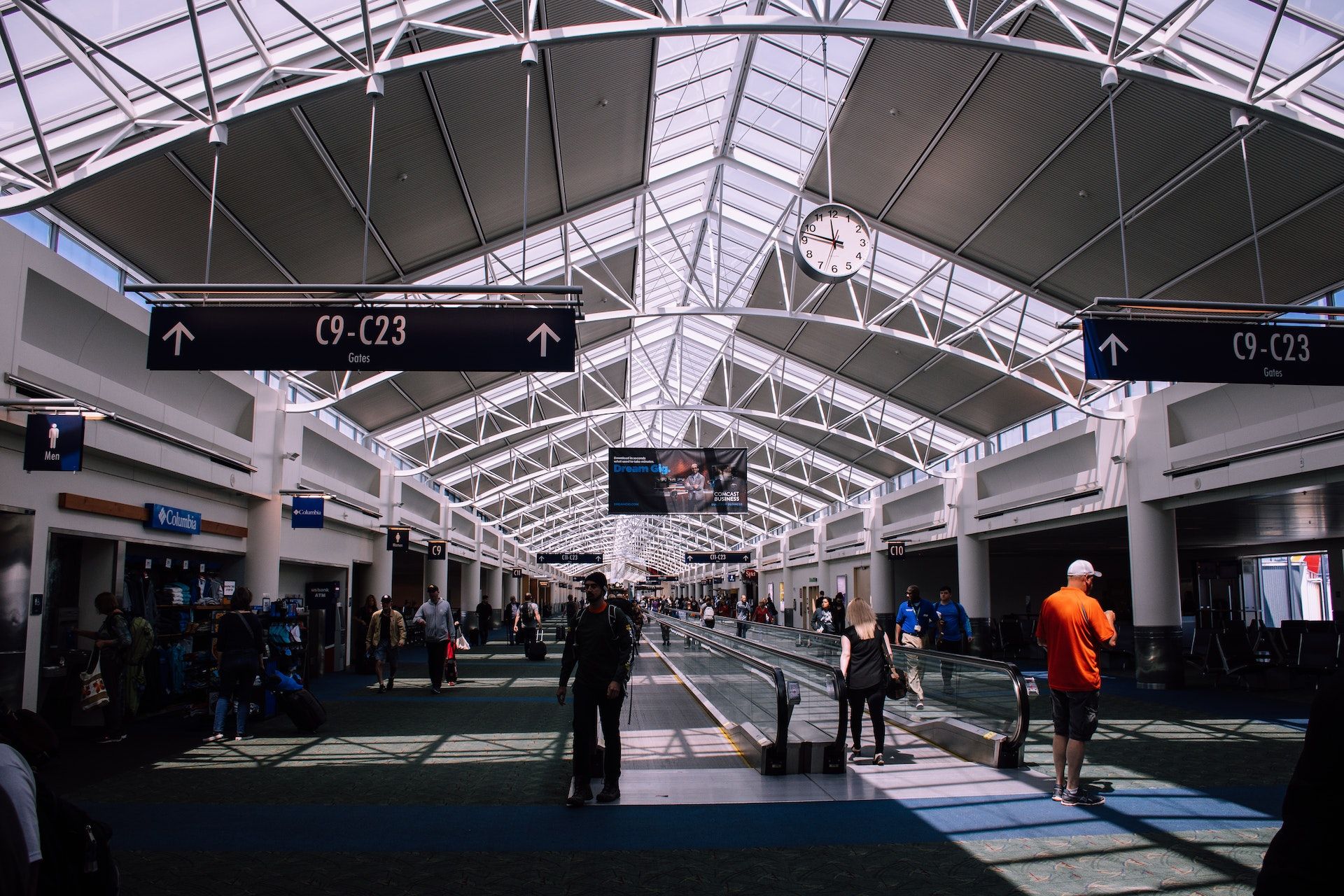Travel Smart: 5 Essential Money-Saving Tips for your Travels
You don't have to compromise on convenience!
Summary
Traveling is an enriching experience that opens our eyes to new cultures, landscapes, and perspectives. In a bid to combat rising costs worldwide, we often look for ways to save money while traveling — most of these methods usually come with a compromise to convenience. But, this does not have to be the case! In this blog, we'll explore six practical tips to help you trim your travel expenses while still enjoying a comfortable and enjoyable journey.

1. Strategic Accommodation Choices
Accommodations can be a significant portion of your travel budget. Some of the most common ways to cut costs on accommodation is to select budget-friendly alternatives like hostels, guesthouses, Airbnb, or couchsurfing.
However, if you still prefer the comfort of hotels, it is still possible! Look out for business or budget hotels instead. You can also choose a location that are outside the main tourist spots. They are usually cheaper, and often quieter!
Aside from looking through OTA sites like Booking.com or Agoda, we also recommend that you check the prices of the hotels if you were to book directly — they sometimes offer better rates and perks for direct bookings.
2. Flexible Travel Dates and Booking in Advance
Flexibility with your travel dates can lead to substantial savings. Avoid peak travel periods, and where possible, try to travel during the weekdays instead — accommodation is usually more expensive on weekends!
Traveling during the off-peak not only gives you better prices, but they also help you avoid the crowds at your destination. That will help to make your entire trip way more comfortable!
Use flexible date search features on travel websites to identify the cheapest times to fly. Additionally, booking flights and accommodations well in advance can often result in lower prices. Planning ahead not only saves money but also gives you more options and peace of mind.
If you will be traveling to a city with multiple airports, it is also good to check the price of the air tickets into both airports. But, it is not just the cost of the air tickets - remember to also factor in transport costs from the airport to your accommodation or the city center when comparing the prices.
3. Explore the Local Cuisine. Eat where the locals eat.
One of the joys of traveling is experiencing new cuisines, and doing so can be surprisingly cost-effective.
Sure, there might be a few 'must-eats' in every destination you travel to; but don't stuff your itinerary with too many of these! Instead, keep your options open and seek out where the locals eat. This way, you can avoid tourist traps and high-priced restaurants — and you might even discover some hidden gems!
Street food is often not only delicious but also budget-friendly. Embrace the opportunity to immerse yourself in the local culinary scene while keeping your expenses in check.
4. Change enough cash before traveling, or use multi-currency eWallets and cards
While more destinations worldwide are adopting cashless payments - and cashless payments do come with great convenience - it is still important to have some cash with you!
Remember to change enough cash before traveling. The rates at the airport are usually pretty bad, so leverage the rates of local money changers before you fly. And, if you are already at the destination and need more cash, it is recommended that you go to a money changer or bank, instead of changing at the hotel (hotels usually offer bad rates). ATM withdrawals also usually come with an additional charge which you might want to avoid.
Using cash while traveling helps you to save on credit card currency exchange fees, and you are less susceptible to the terrible rates that credit cards use. But, if you still prefer going cashless, look out for multi-currency digital wallets or cards that allow you to lock in rates and save on credit card charges. Some of these options include Revolut or Wise.
5. Get a Travel eSIM
Staying connected while travelling is essential to many travelers today. From enabling international roaming to getting a local SIM card, there are many different options to how you can stay connected while traveling.
But, one of the best options, a good balance between cost and convenience, is to get a travel eSIM. With a travel eSIM, you get to enjoy connectivity at a much more affordable cost than if you were to activate roaming; and you can do without the hassle of going through identity verifications and changing of SIM cards if you were to get a local SIM. And in some cases, getting a travel eSIM could actually be cheaper than getting a local SIM card!
A downside of a travel eSIM is that these usually do not come with a local phone number. However, with the rise of messaging and social apps, it is much less likely that you will actually need a local phone number while traveling.
Get a Nomad eSIM for your next trip
Nomad offers data plans in over 170 countries, and you can be sure to find one that is suitable for your travel needs. And if you will be traveling across multiple countries, there are also regional plans available so you can stay seamlessly connected as you hop between countries. Data plans are available from as low as $1.50/GB.
If you are unsure about how much data you need for your trip, Nomad also has a Data Calculator that can help you find the plan that is most suitable for you. Also check out our blog post on data-saving tips when traveling to keep your data usage in check when traveling.



